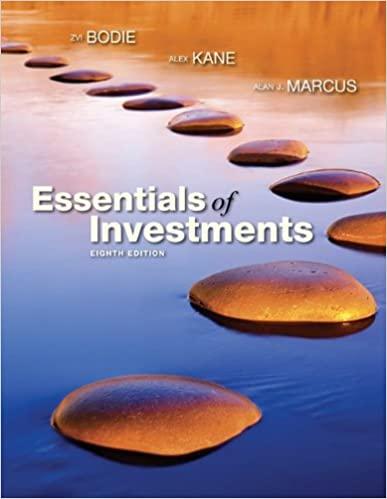June Department Stores Company (JUN) operates retail department store chains throughout the United States. Assume that at the end of Year 2, June's balance sheet reports debt of $4,530 million and common shareholders' equity at book value of $3,923 million. The market value of its common stock is $6,599 million, and its market equity beta is 0.90 . Suppose an equity buyout group is considering an LBO of June as of the beginning of Year 3 . The group intends to finance the buyout with 25% common equity and 75% debt carrying an interest rate of 10%. Assume the group projects that the free cash flows to all debt and equity capital stakeholders of June will be as follows: Year 3 , $788 million; Year 4, \$871 million; Year 5,$914 million; Year 6,$840 million; Year 7,$864 million; Year 8 , $894 million; Year 9, \$929 million; Year 10, \$957 million; Year 11, \$975 million; and Year 12, \$1,044 million. The group projects free cash flows to grow 3% annually after Year 12. This problem sets forth the steps you might follow in deciding whether to acquire June and the value to place on the firm. a. Compute the unlevered market equity (asset) beta of June before consideration of the LBO. Assume that the book value of the debt equals its market value. The income tax rate is 35%. Enter your result as a decimal number with two decimal places. b. Compute the cost of equity capital with the new capital structure that results from the LBO. Assume a risk-free rate of 4.0% and a market risk premium of 5.0%. Enter your result as a decimal number with four decimal places. The entry form should automatically format it as a percentage with two decimal places. c. Compute the weighted-average cost of capital of the new capital structure. Enter your result as a decimal number with four decimal places. The entry form should automatically format it as a percentage with two decimal places. d. Compute the present value of the projected free cash flows to all debt and equity capital stakeholders at the weighted-average cost of capital. Ignore the midyear adjustment related to the assumption that cash flows occur, on average, over the year. In computing the continuing value, apply the projected growth rate in free cash flows after Year 12 of 3% directly to the free cash flows of Year 12. Enter your result as a whole number. The entry form will format it as a whole dollar amount. e. Assume that the buyout group acquires June for the value determined in Requirement d. Assuming the realized free cash flows coincide with projections, will June generate sufficient cash flow each year to service the interest on the debt? Enter 1 for Yes and 0 for No








